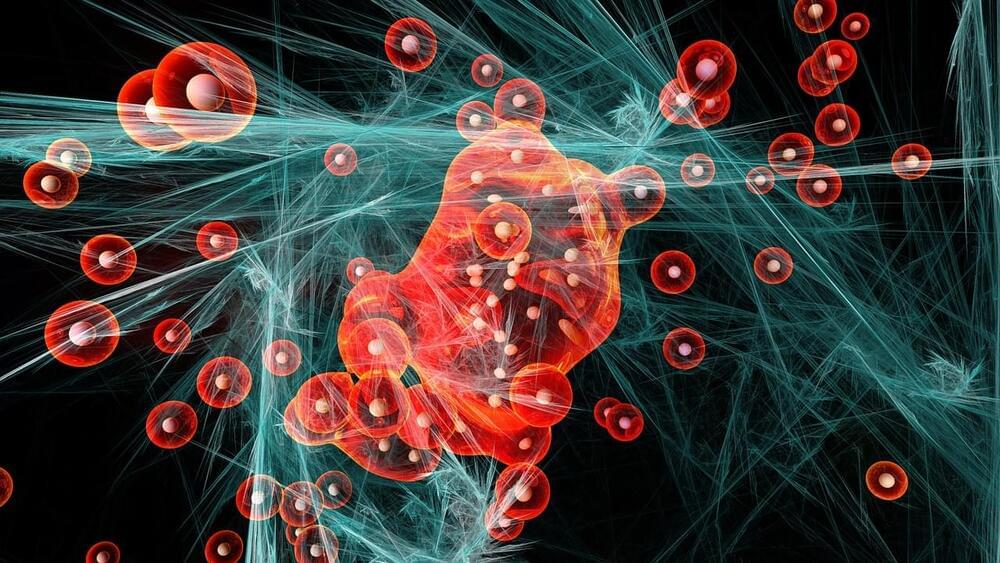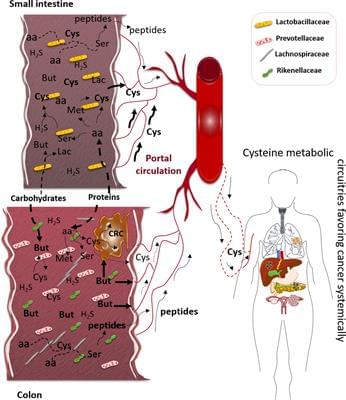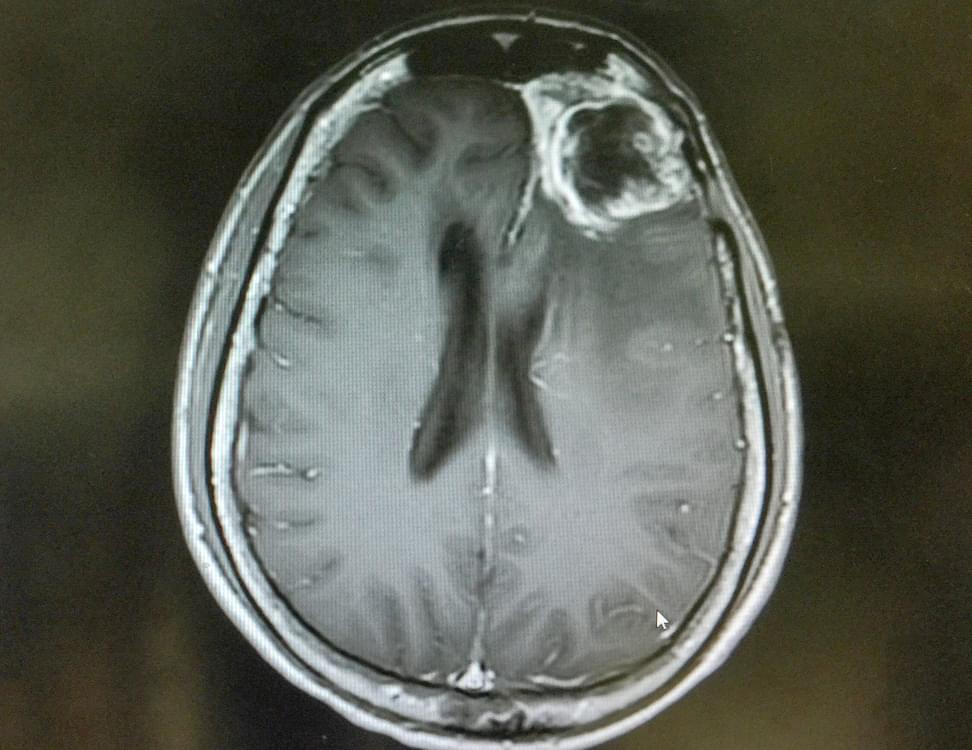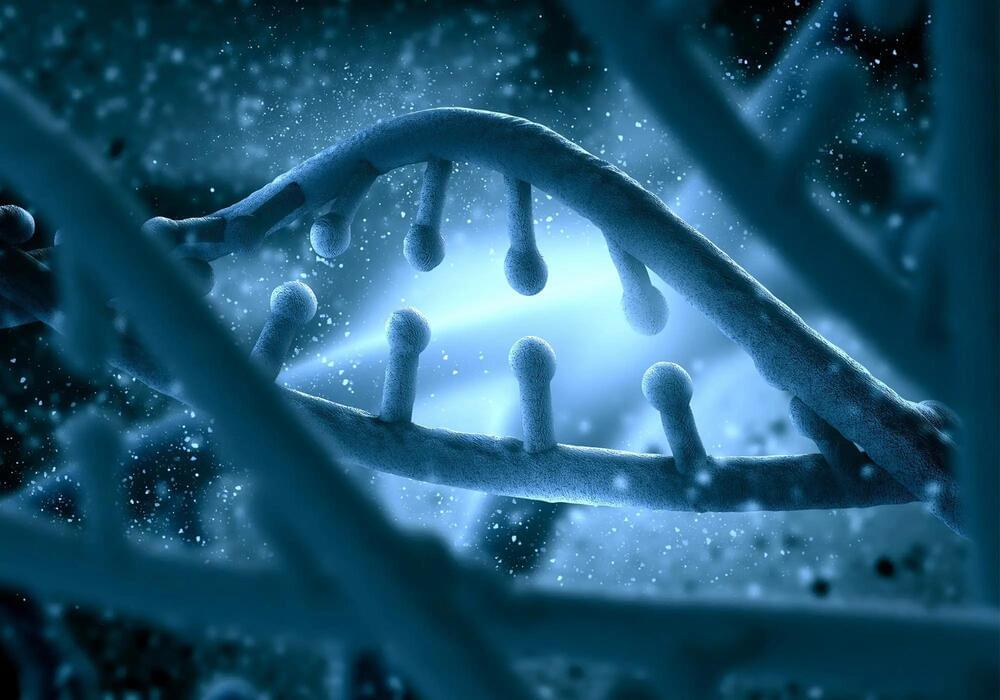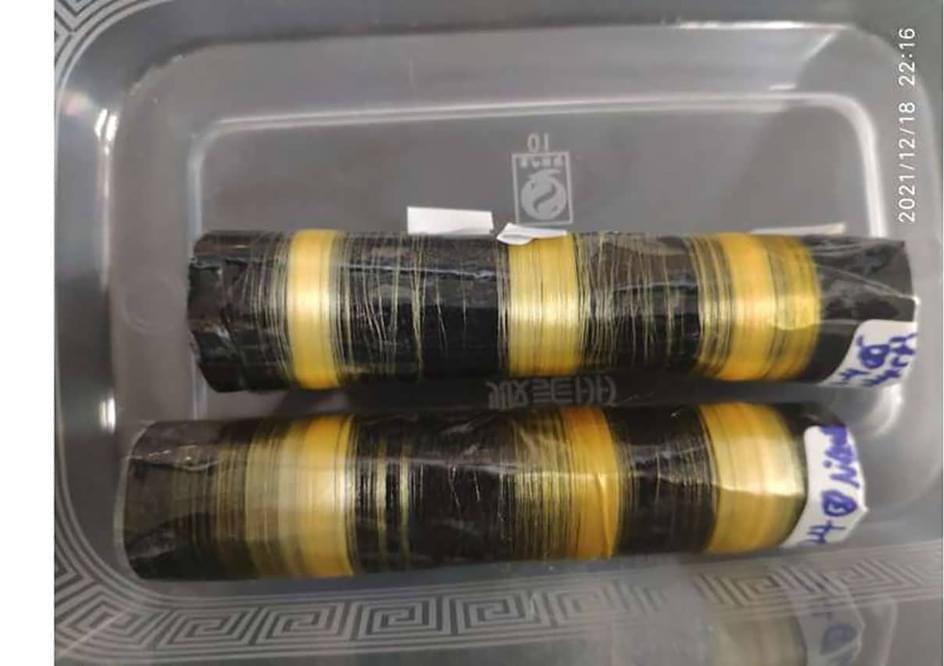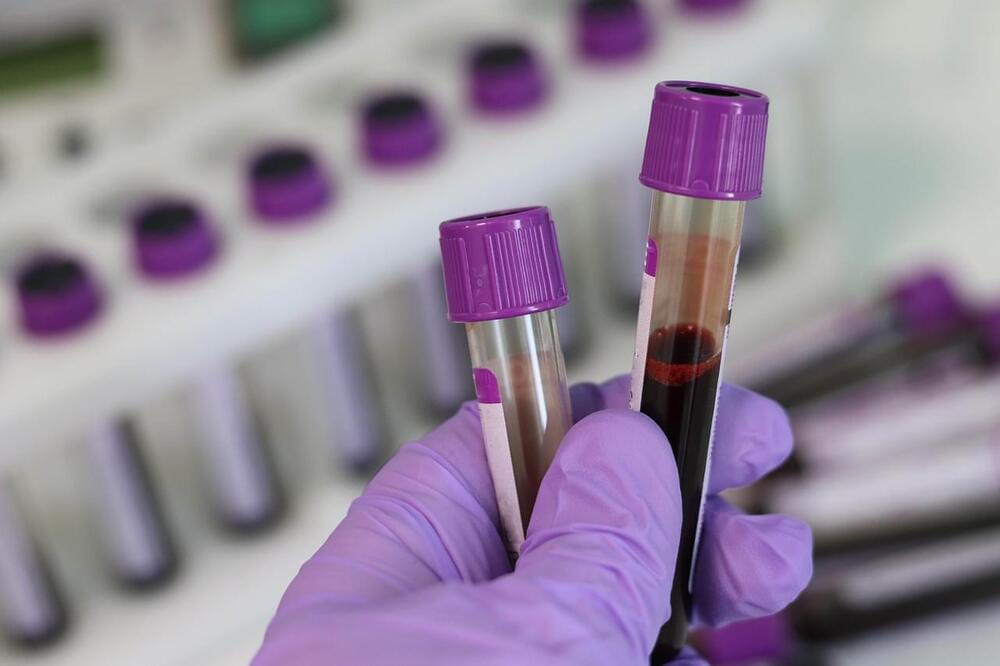What does it take to bring life-changing medical robotic devices to reality? This is a question Dr. Gregory Fischer, founder and CEO of AiM Medical Robotics, explored in his keynote “From Concept to Commercialization: It’s not Brain Surgery, or is it?” at BIOMEDevice Boston, MA. As a researcher, professor, and lead investigator supported by federal government grants, director of a state-funded medtech accelerator, and founder of multiple medical device companies, Fischer has a unique perspective on conceptualizing, refining, and commercializing medical devices, as well as the challenges that come with each step.
Focusing on neurosurgery, he highlighted specific challenges clinicians face during procedures including an inability to leverage real-time intraoperative MR imaging for precision — surgeons must transfer a patient mid-surgery to an MRI in a separate room and sometimes even a separate building within the hospital complex — resulting in inefficient workflow and interruptions in sterility and anesthesia during transfers. Additionally, he mentioned limited compatibility with various MRI scanners, and an increased risk of human errors because of complex manual processes.
Integrating robotic assistance, he said, enhances the reachable target area and improves dexterity and precision of motion during such difficult procedures such as neurosurgery, adds enhanced feedback and virtual fixtures, reduces procedure time, and avoids ergonomic issues. An increase in intervention accuracy through inherent integration with image guidance tools, and improved diagnostic and therapeutic outcomes are also advantages of robotic assistance, according to Fischer.


